Summary
MENU
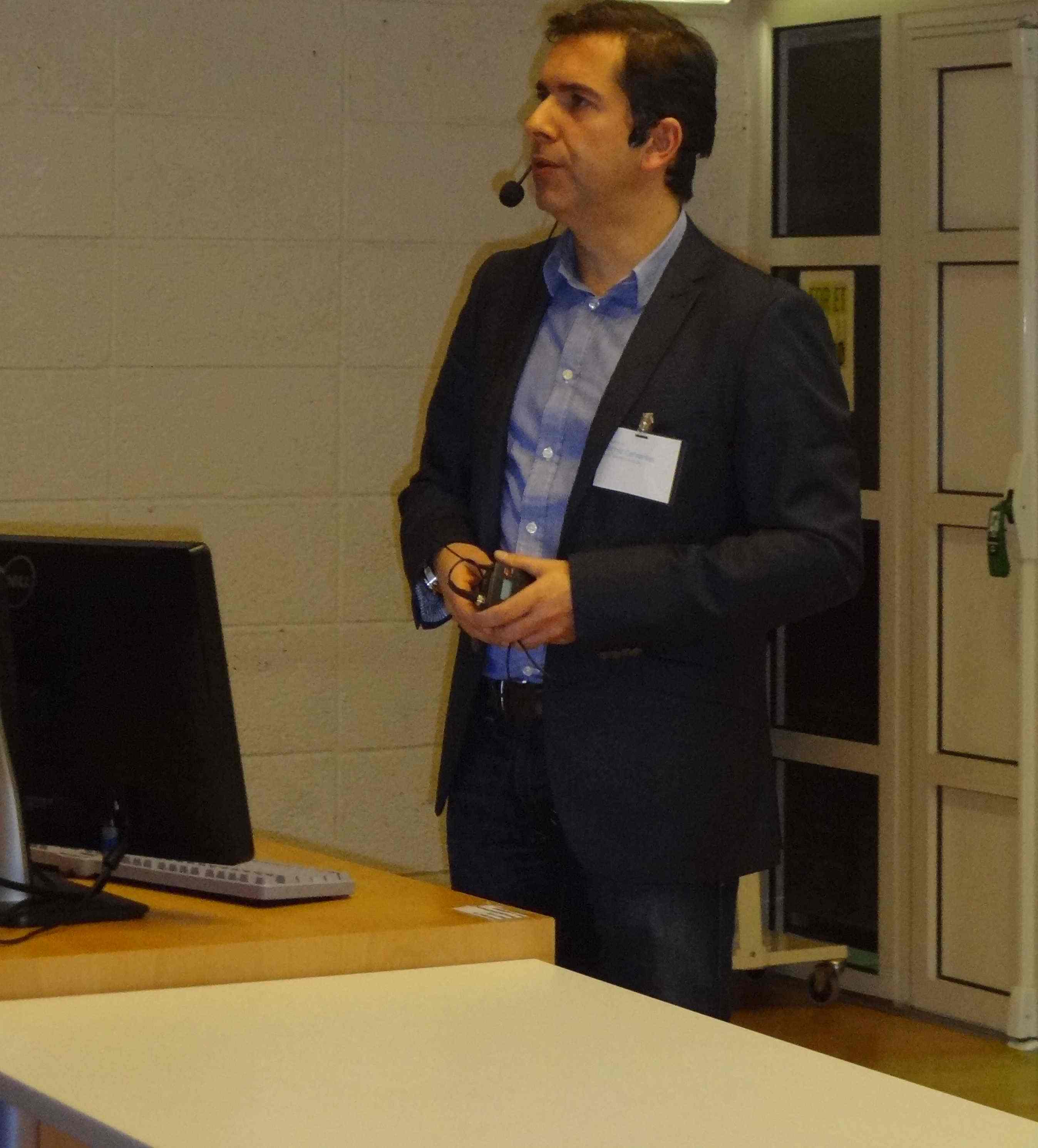
Workshop inaugural address by Michel Cervantes 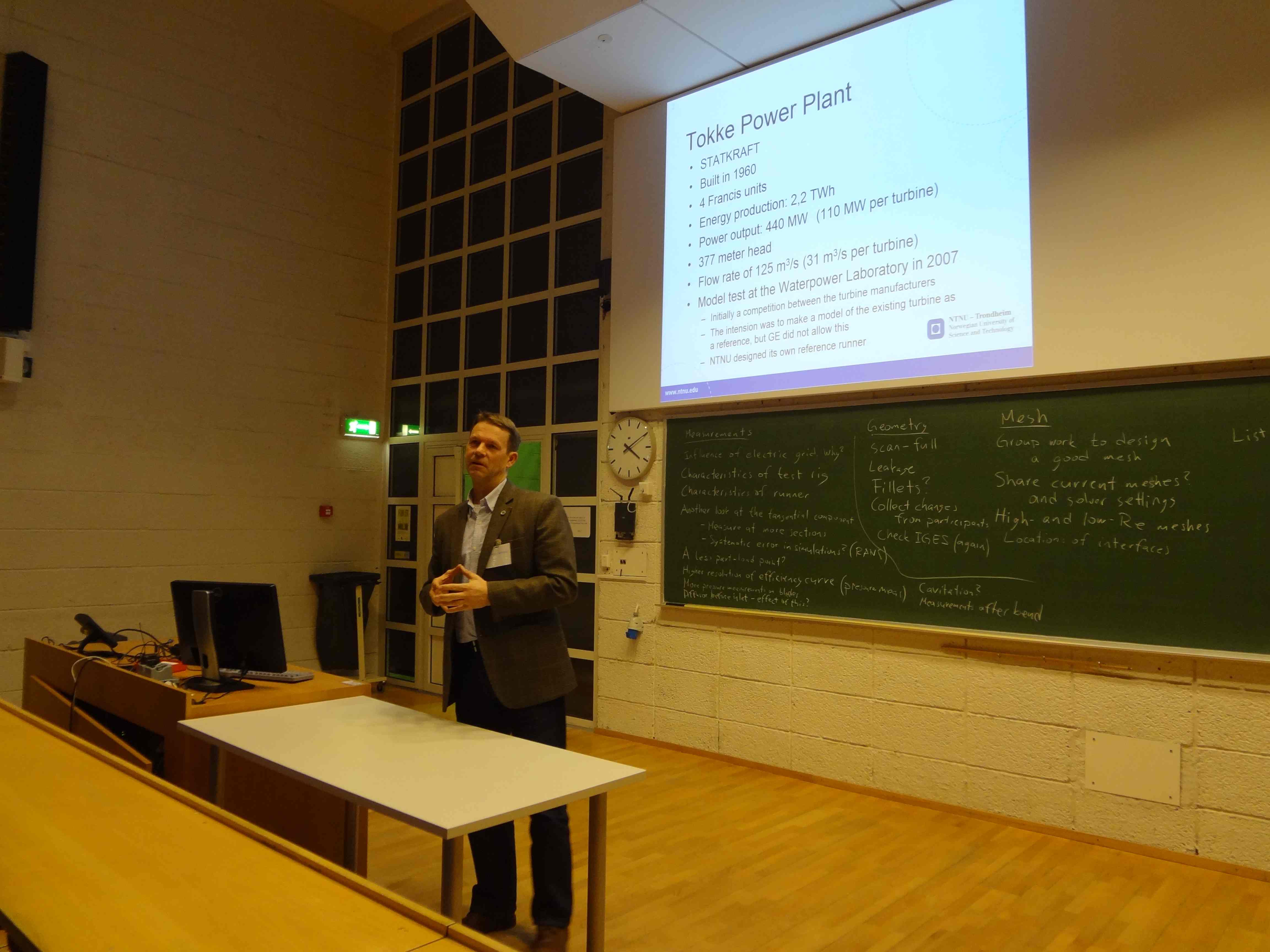
Ole G. Dahlhaug talks about High head turbines 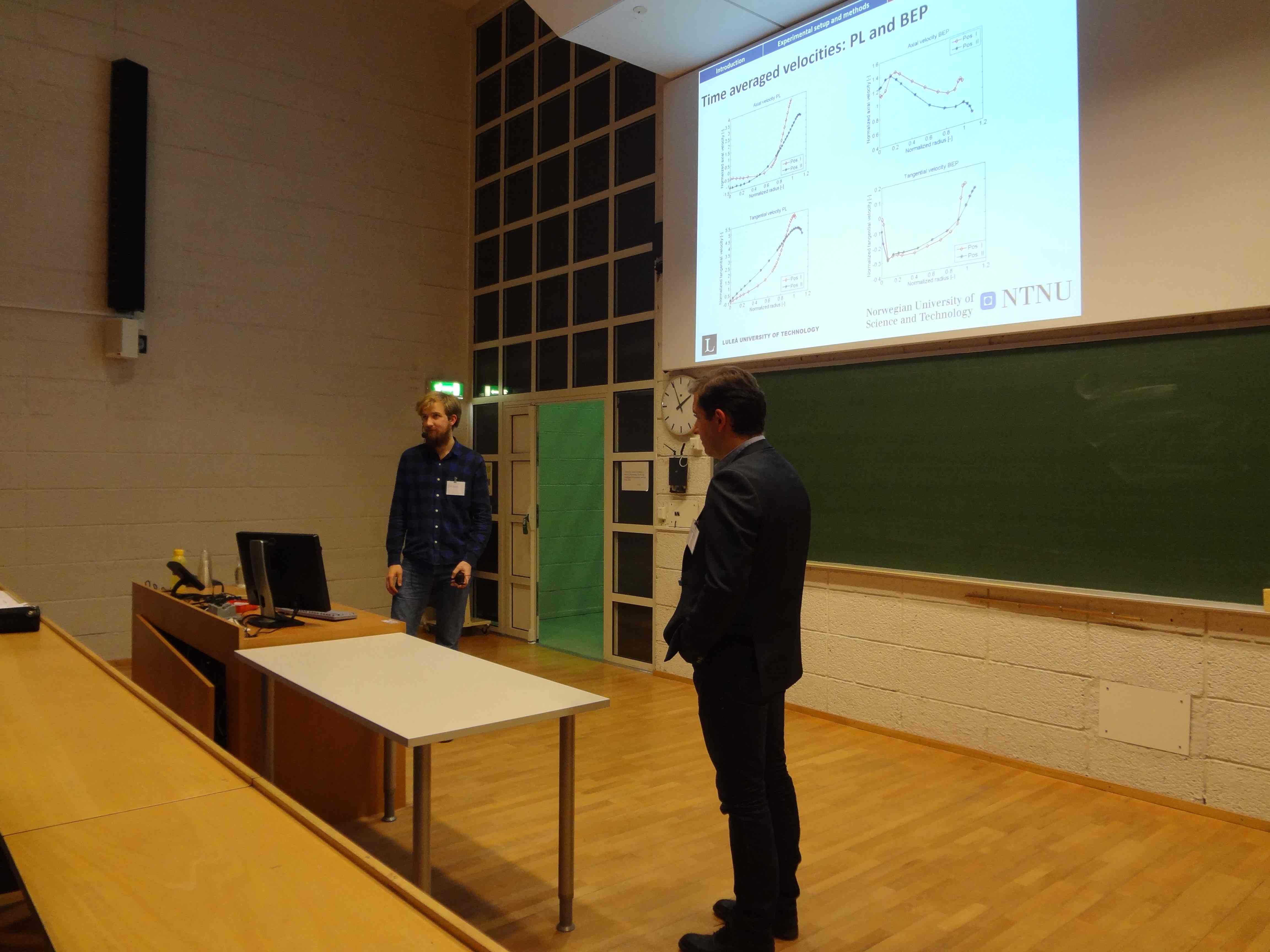
Presentation in the Francis-99 first workshop 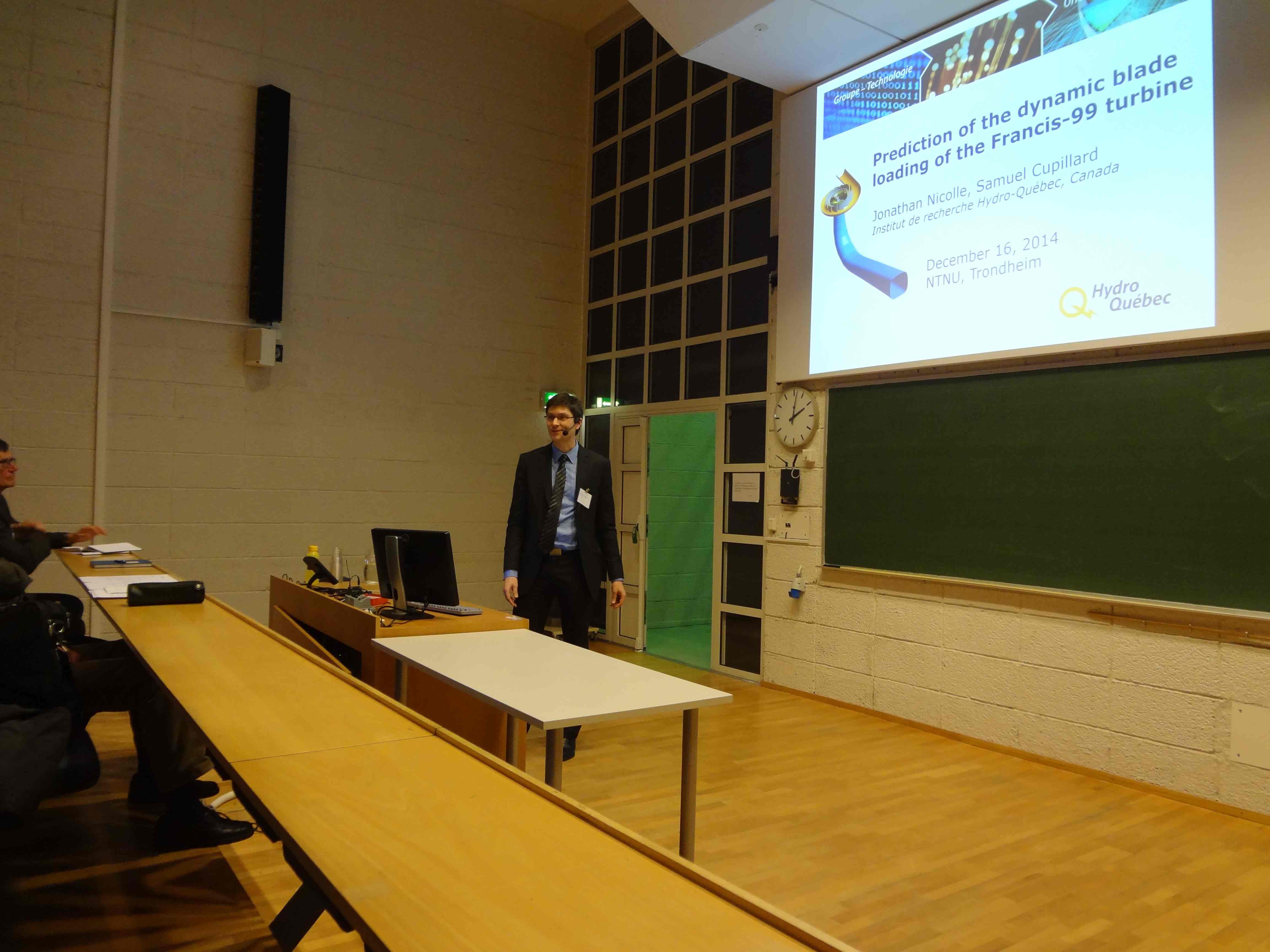
Presentation in the Francis-99 first workshop 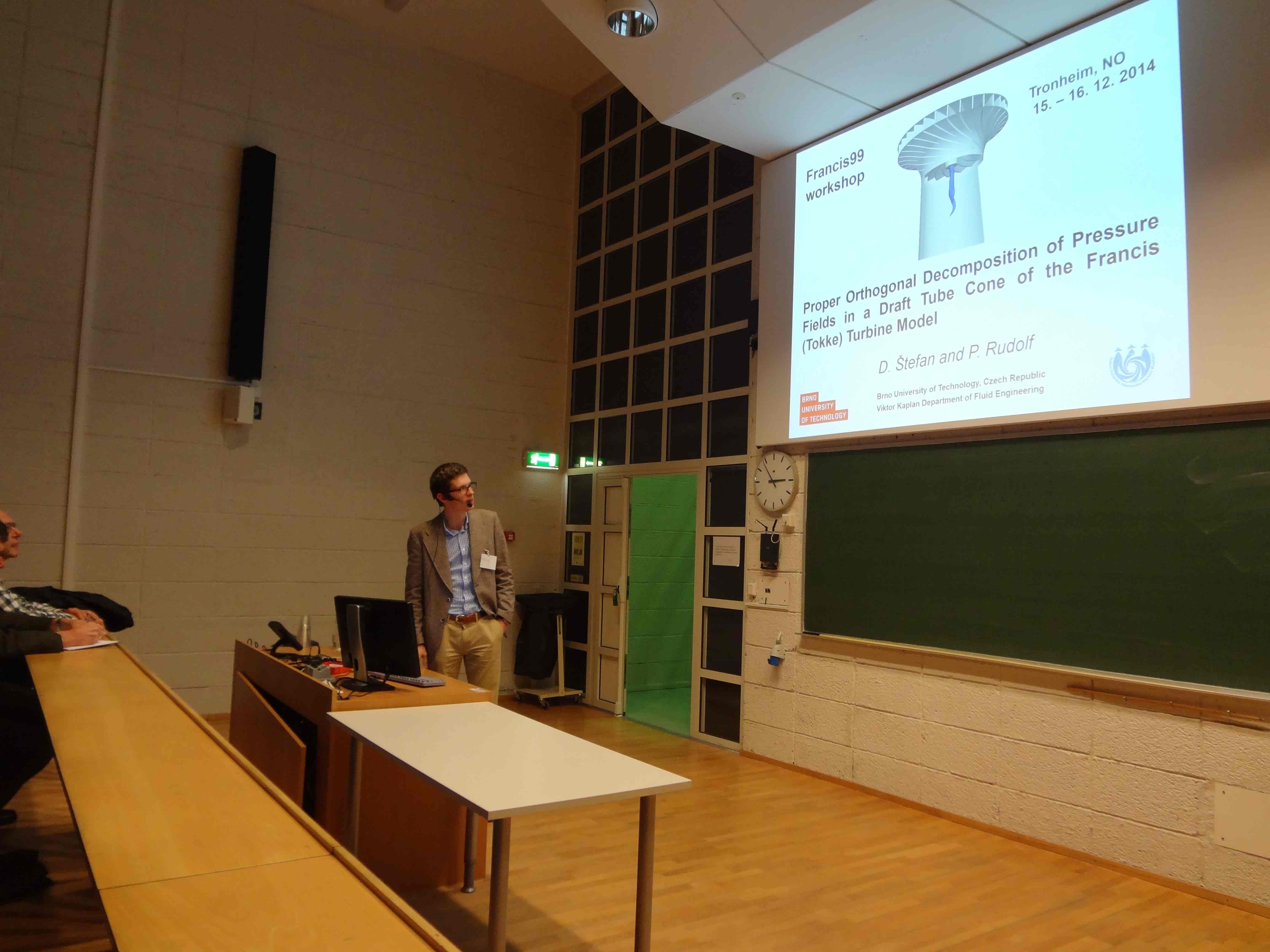
Presentation in the Francis-99 first workshop 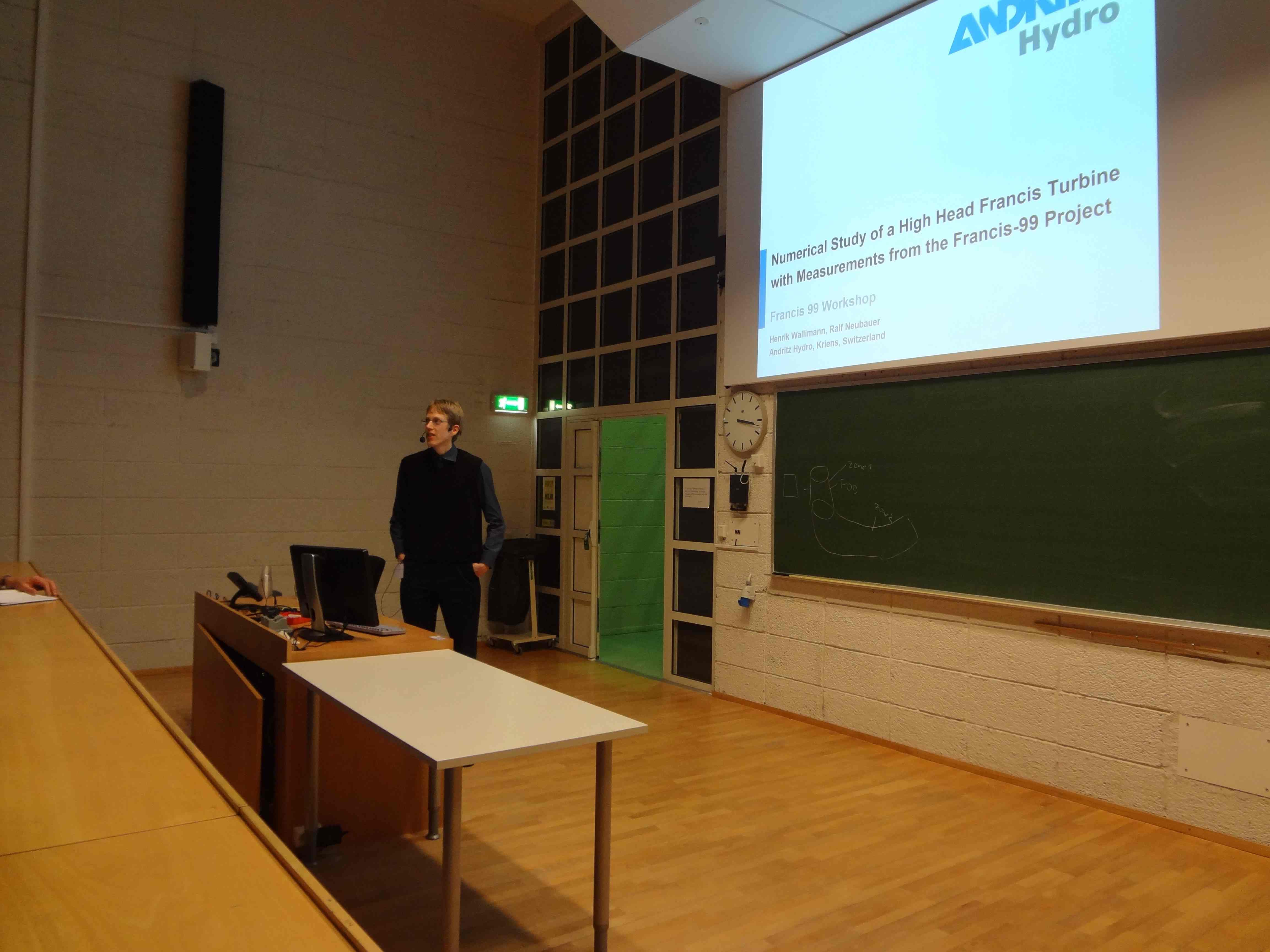
Presentation in the Francis-99 first workshop 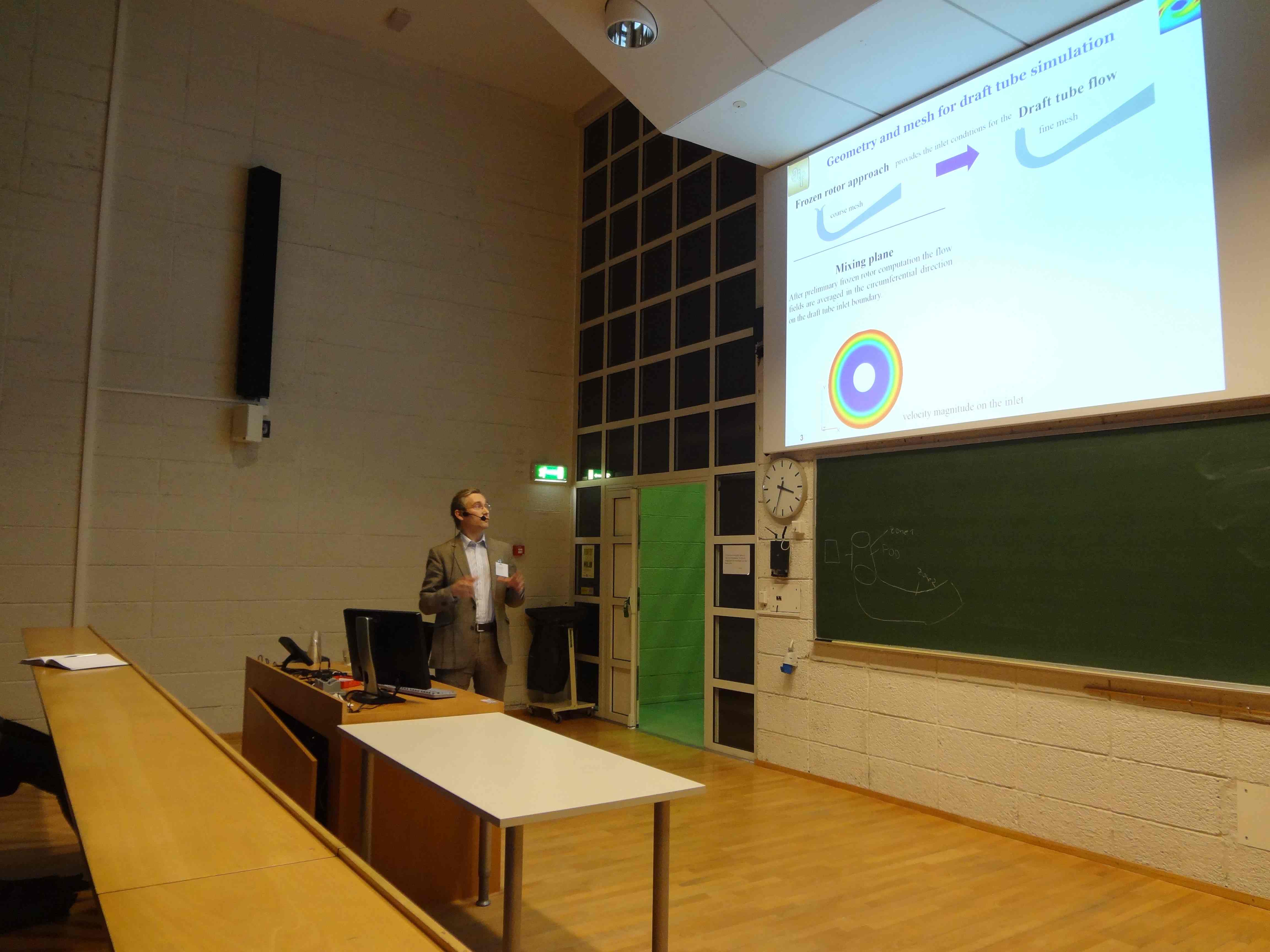
Presentation in the Francis-99 first workshop 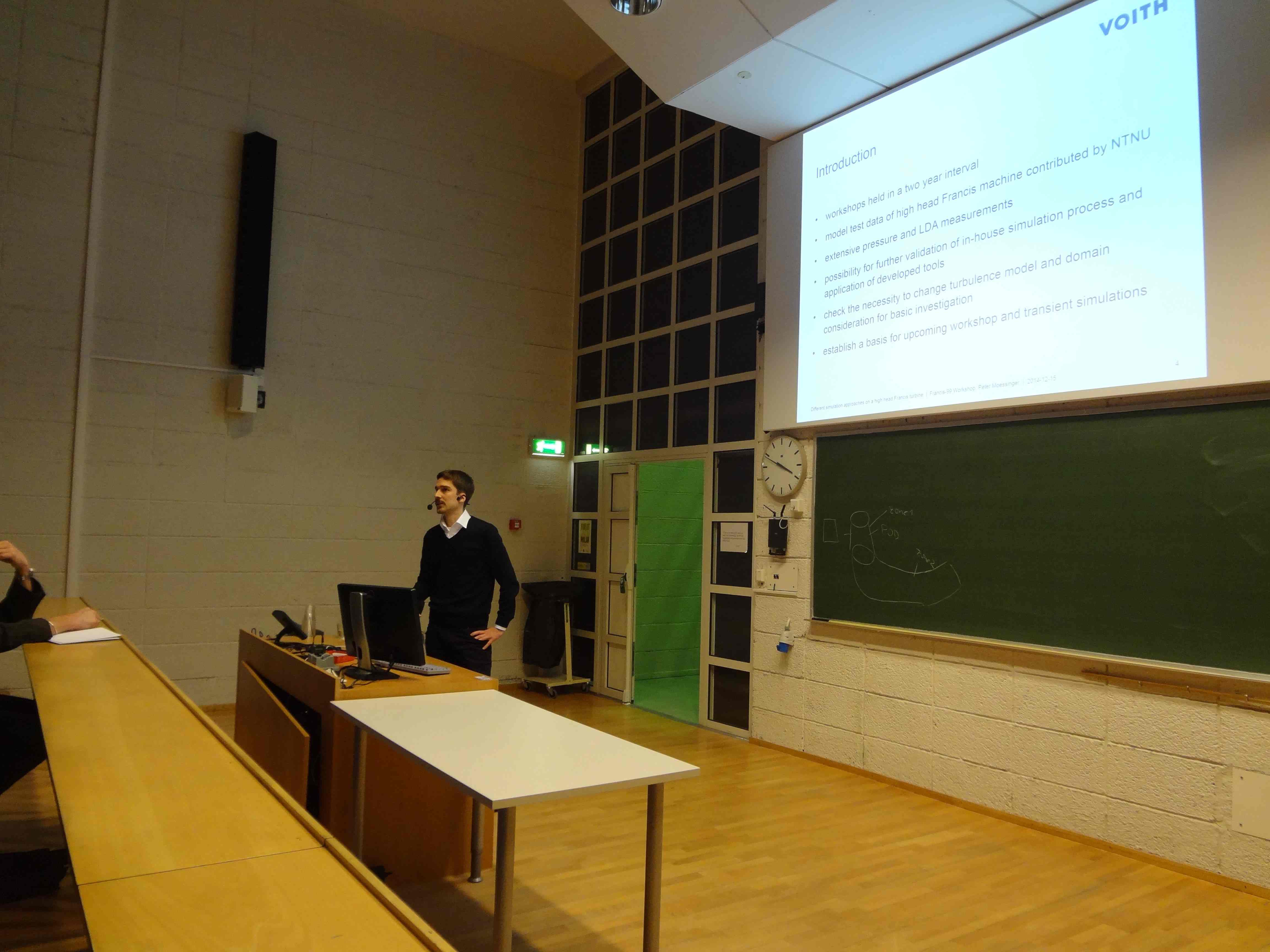
Presentation in the Francis-99 first workshop 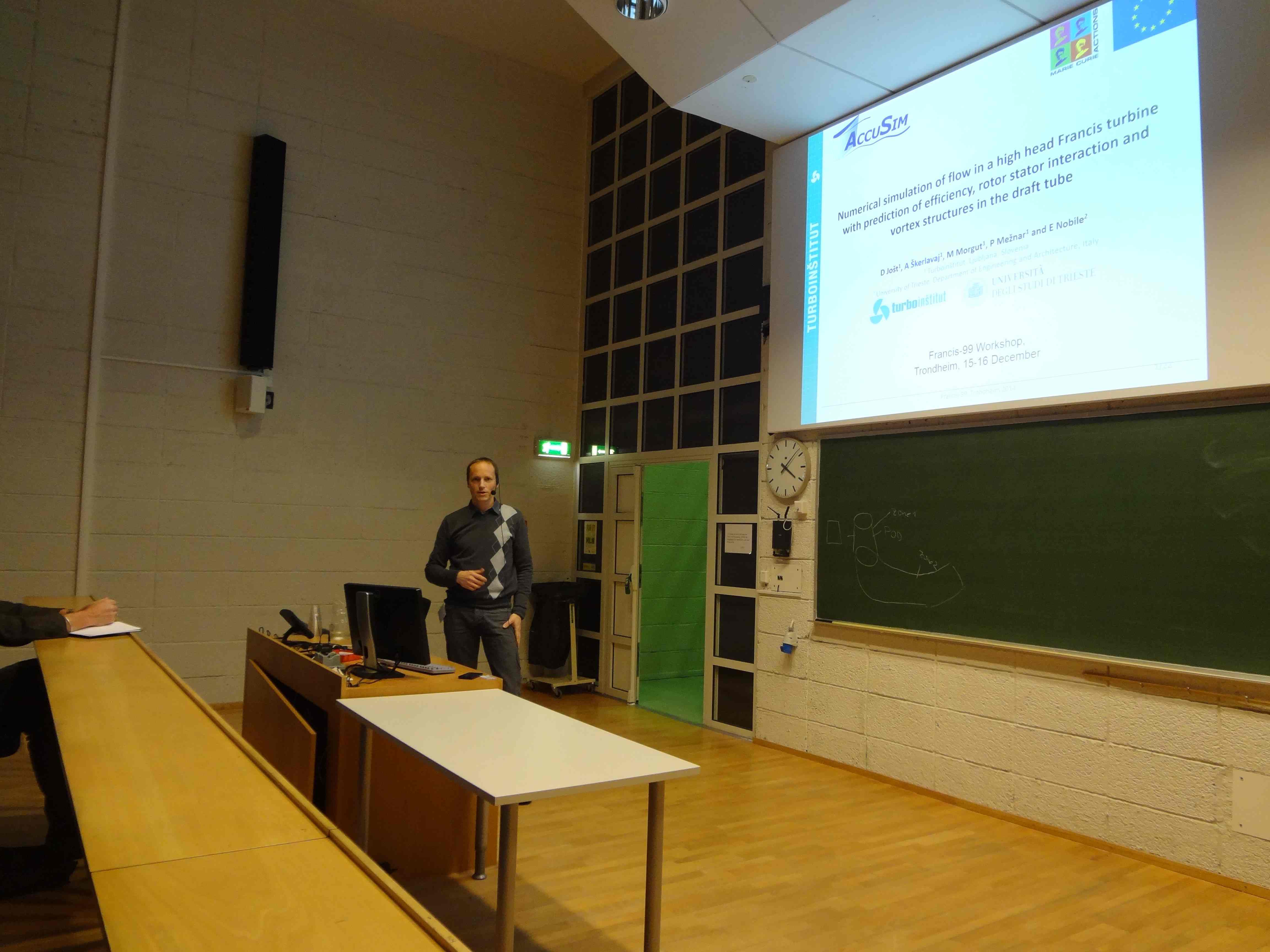
Presentation in the Francis-99 first workshop 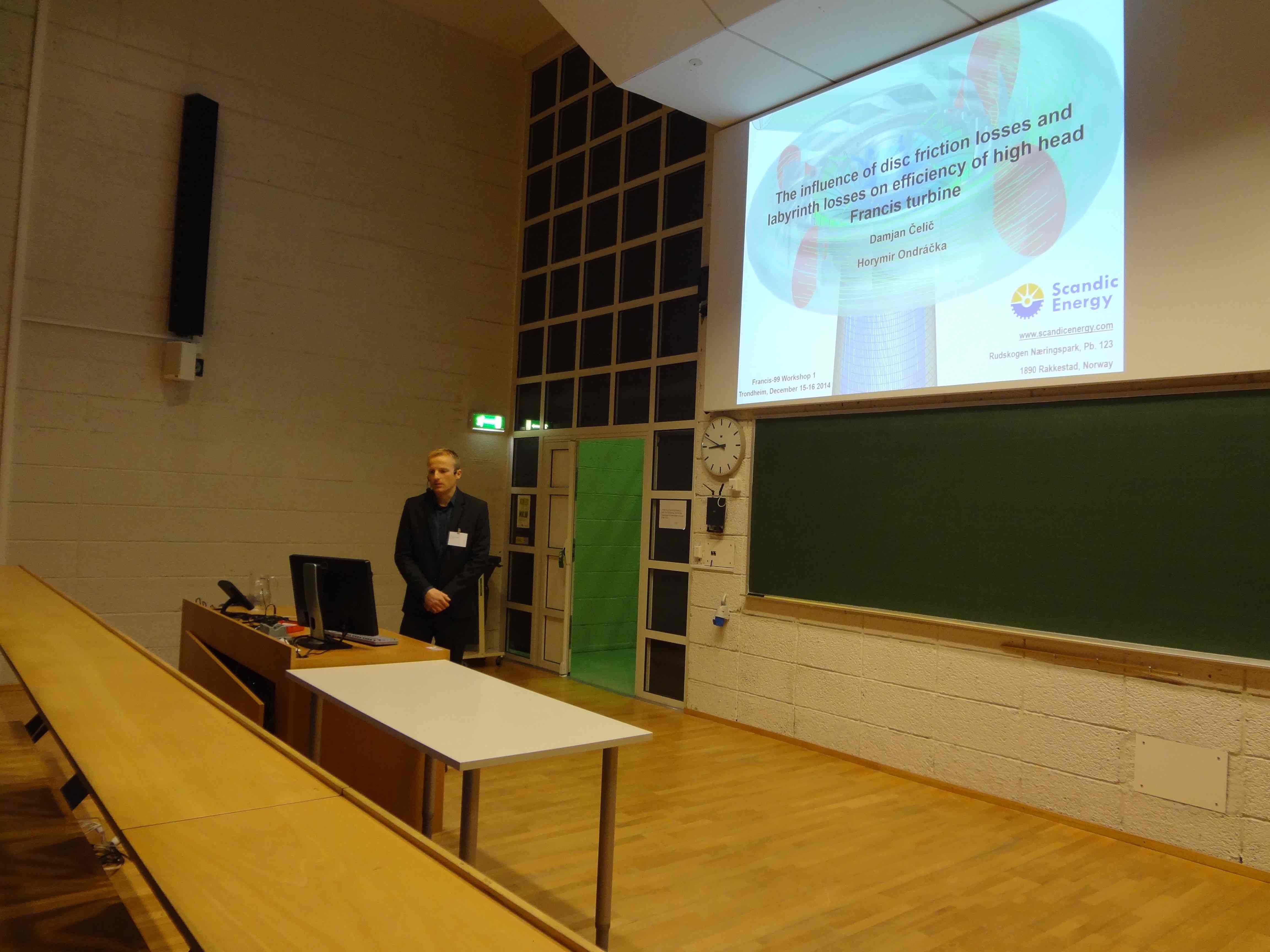
Presentation in the Francis-99 first workshop 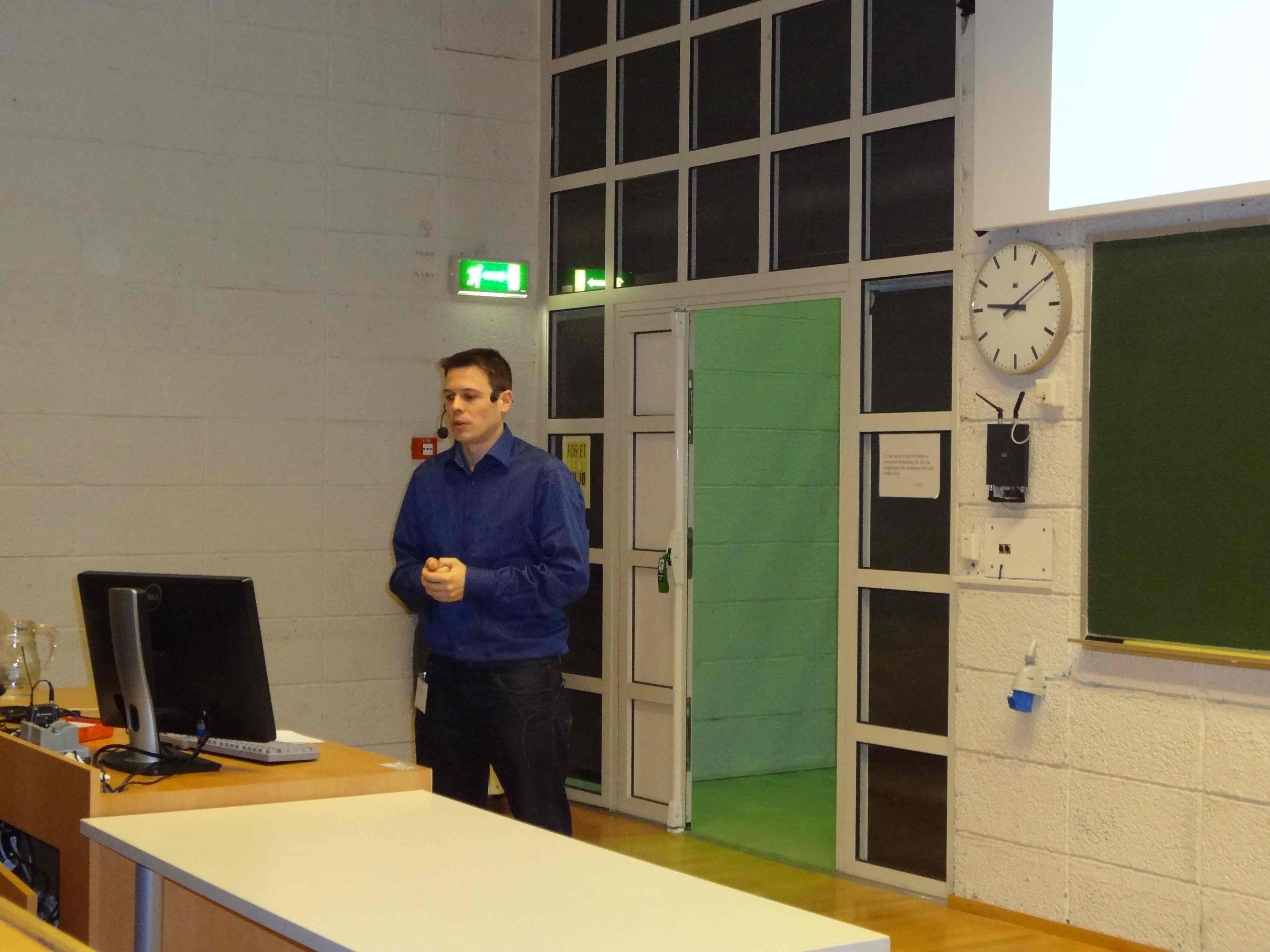
Presentation in the Francis-99 first workshop 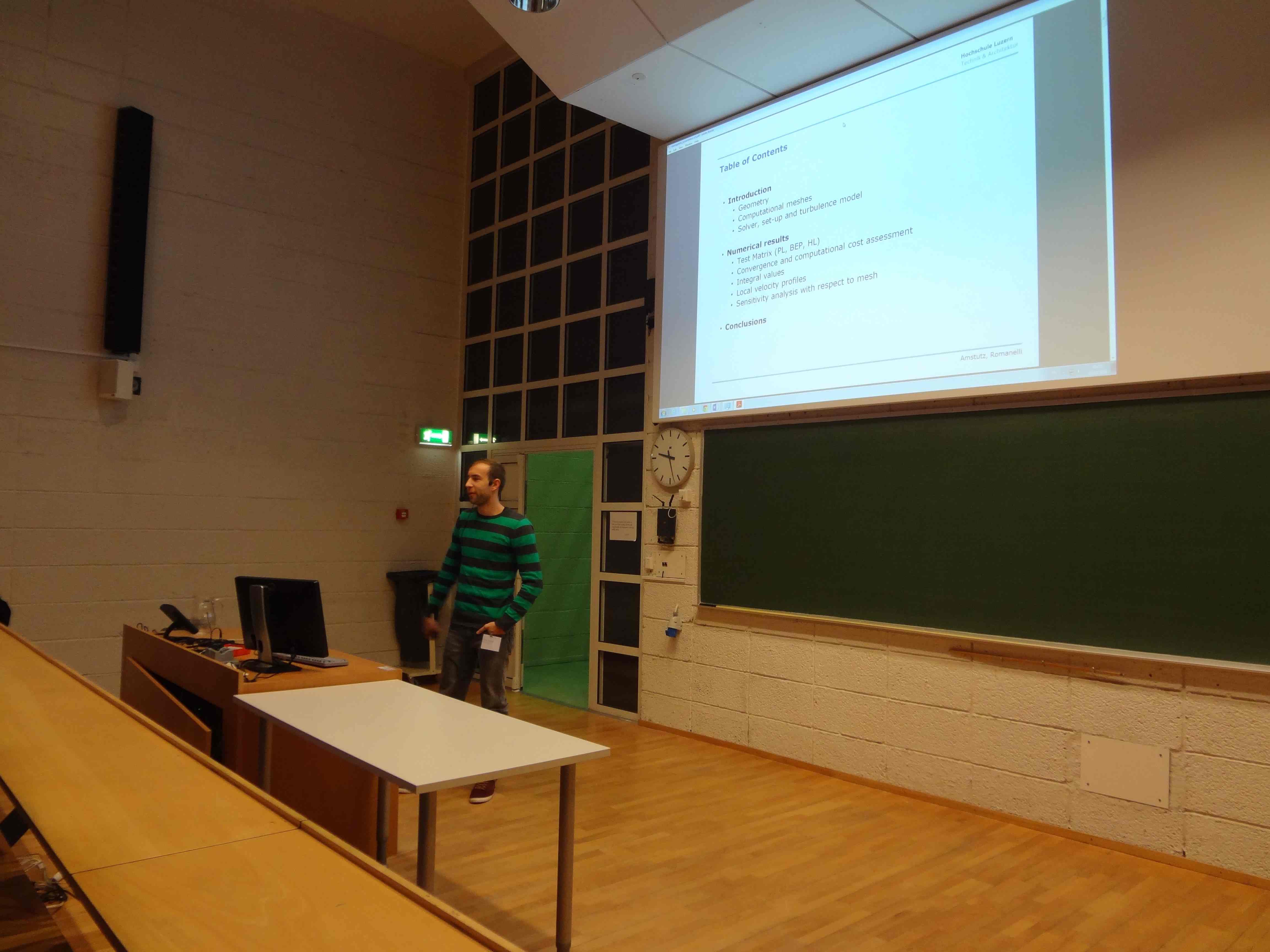
Presentation in the Francis-99 first workshop 
Presentation in the Francis-99 first workshop 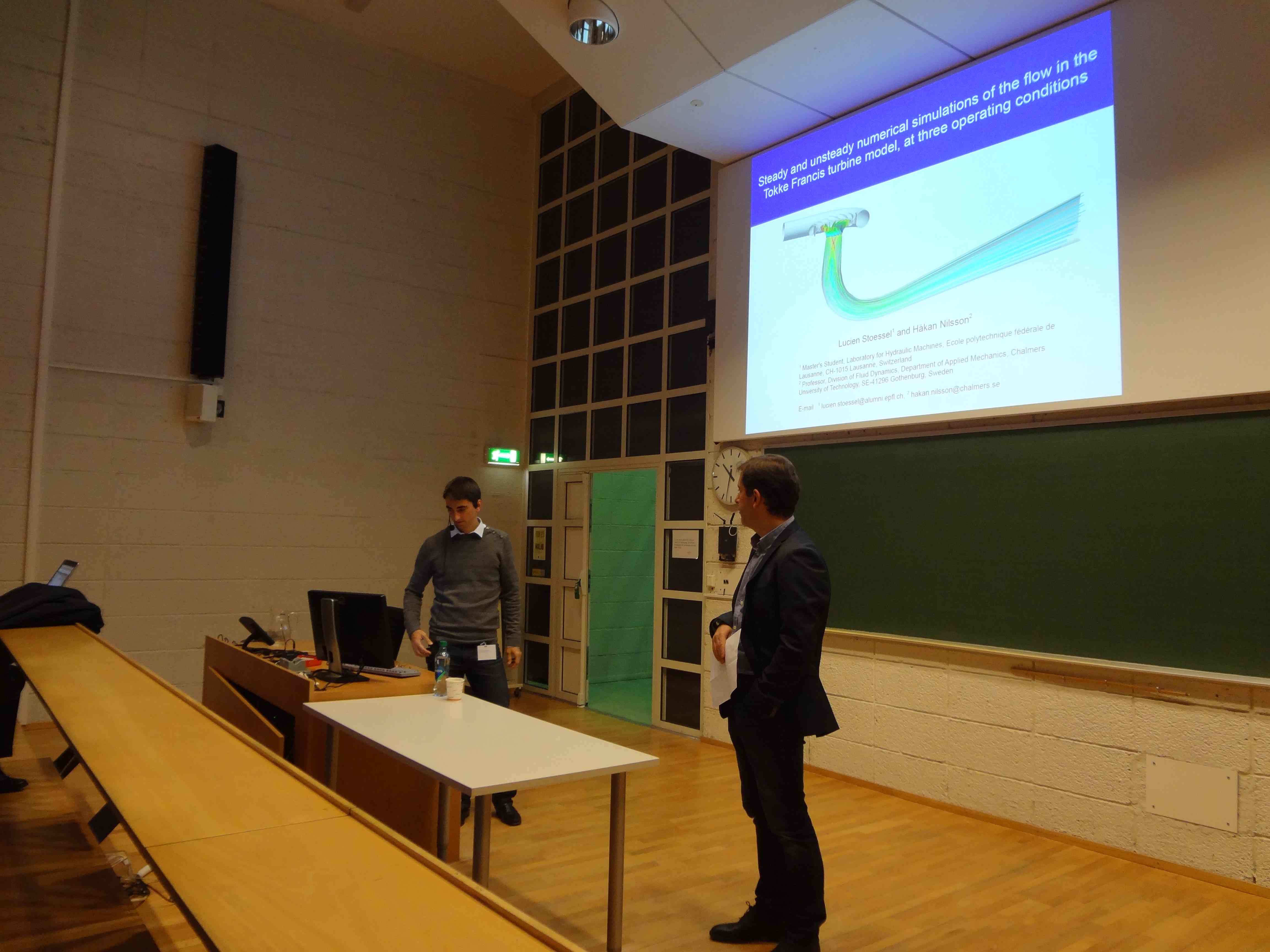
Presentation in the Francis-99 first workshop 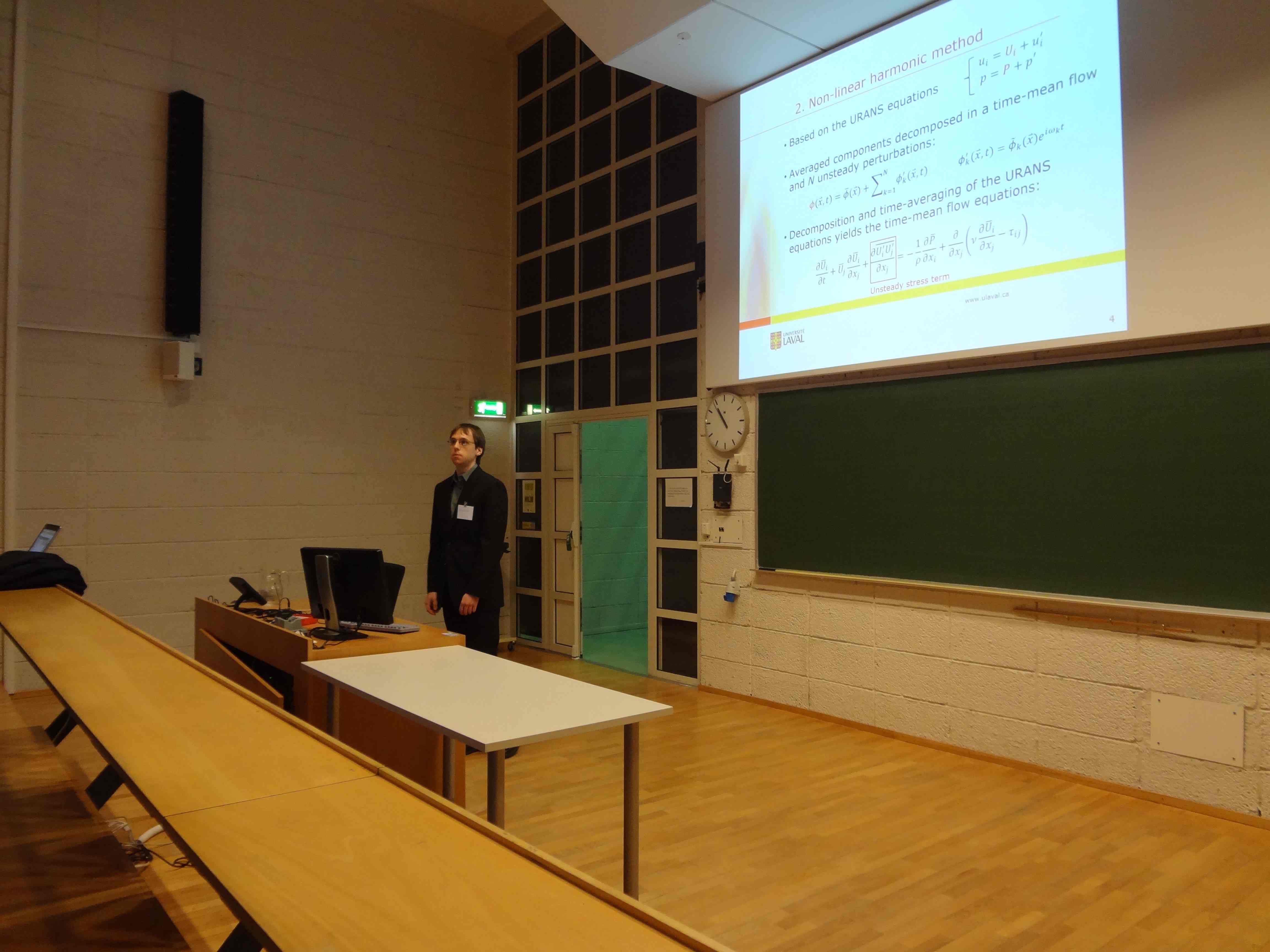
Presentation in the Francis-99 first workshop 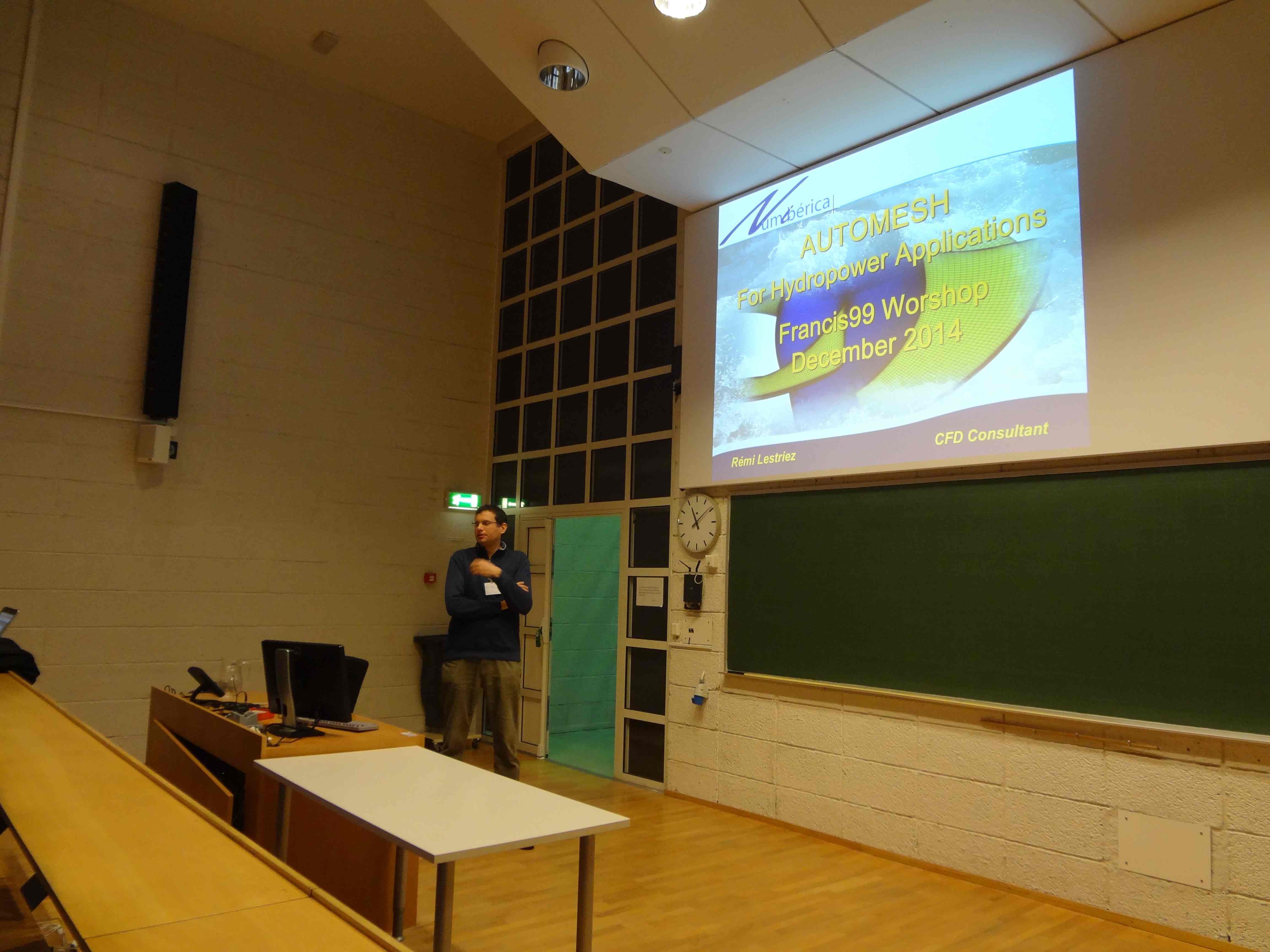
Presentation in the Francis-99 first workshop 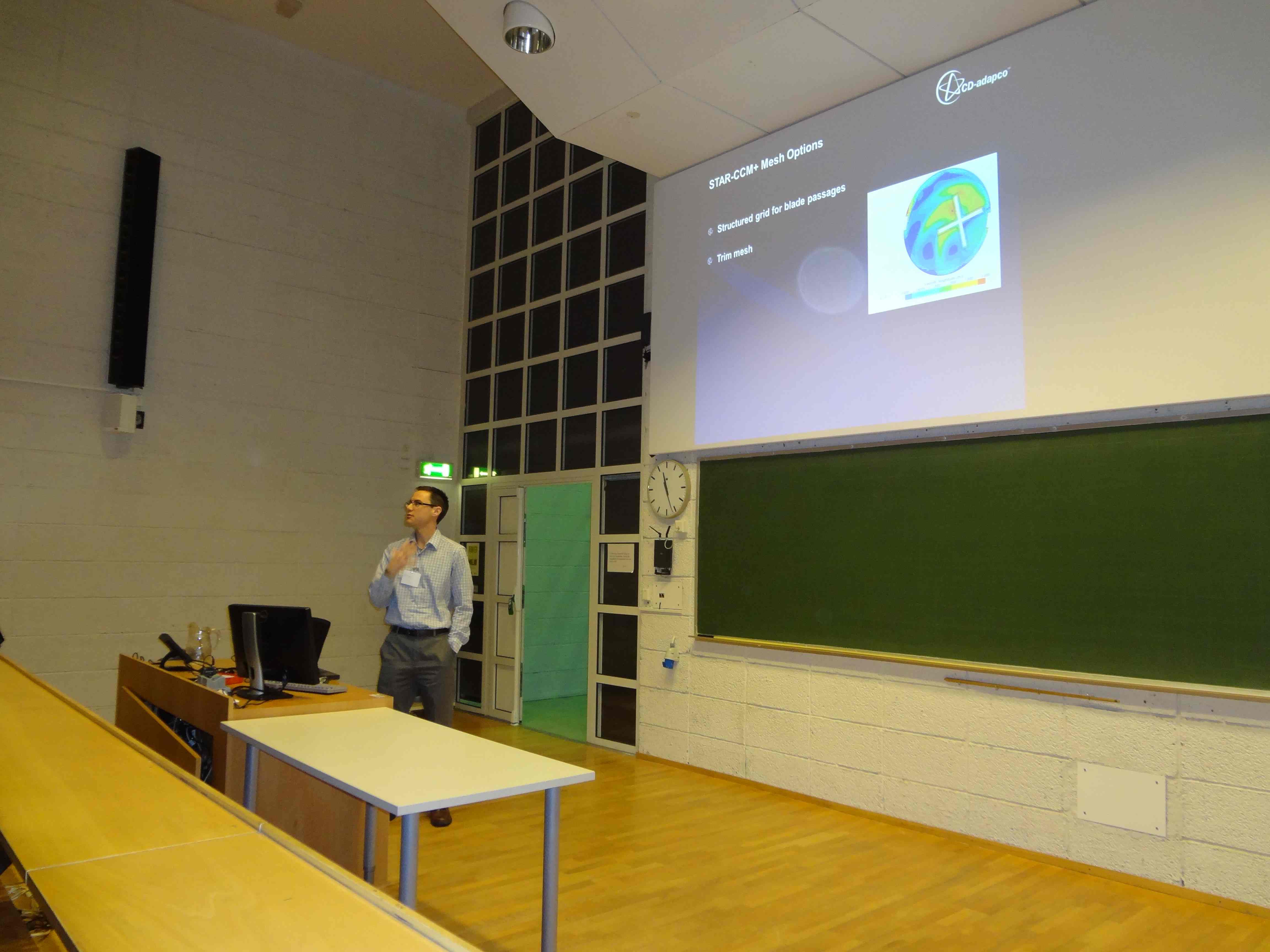
Presentation in the Francis-99 first workshop 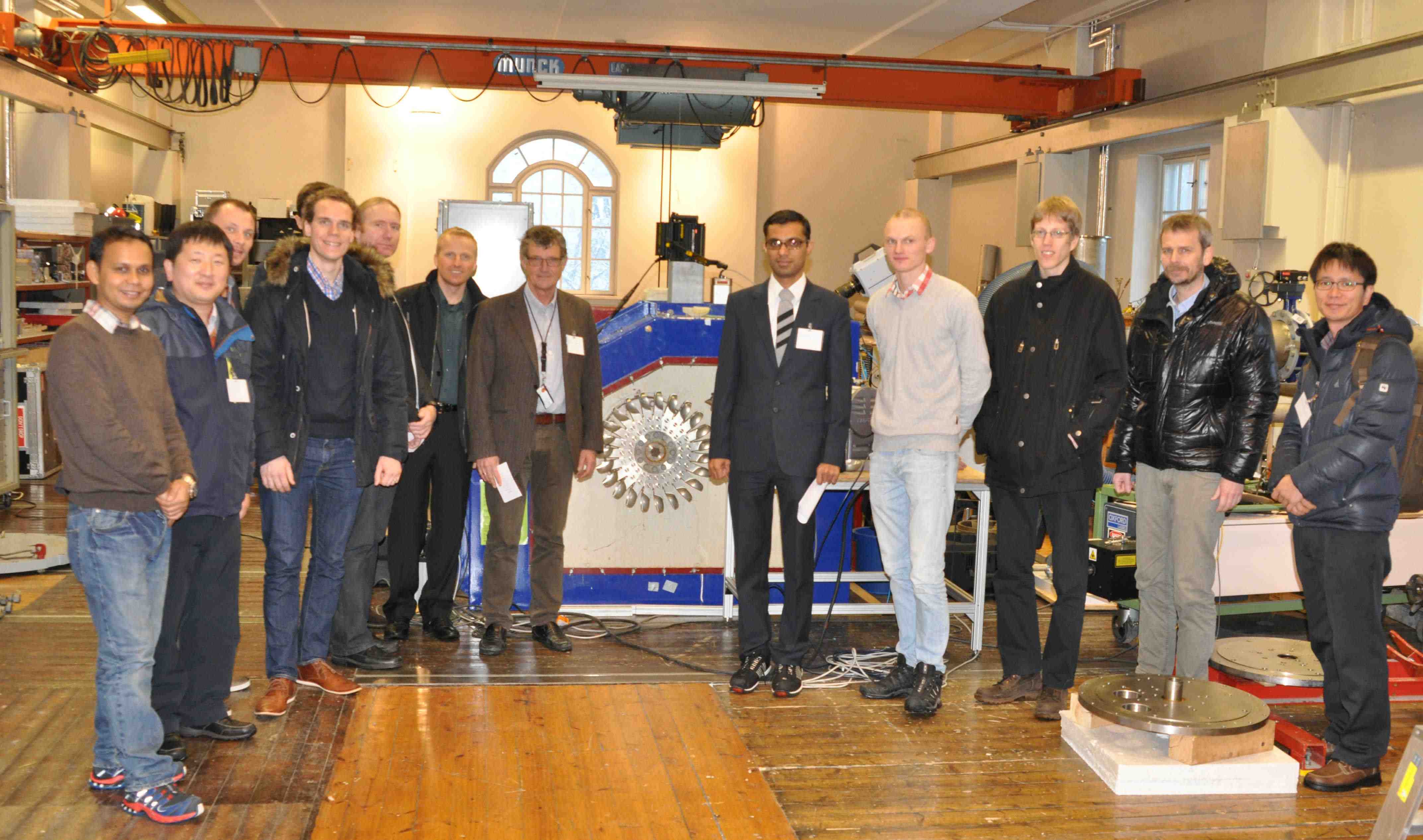
Visit to the Waterpower laboratory, NTNU 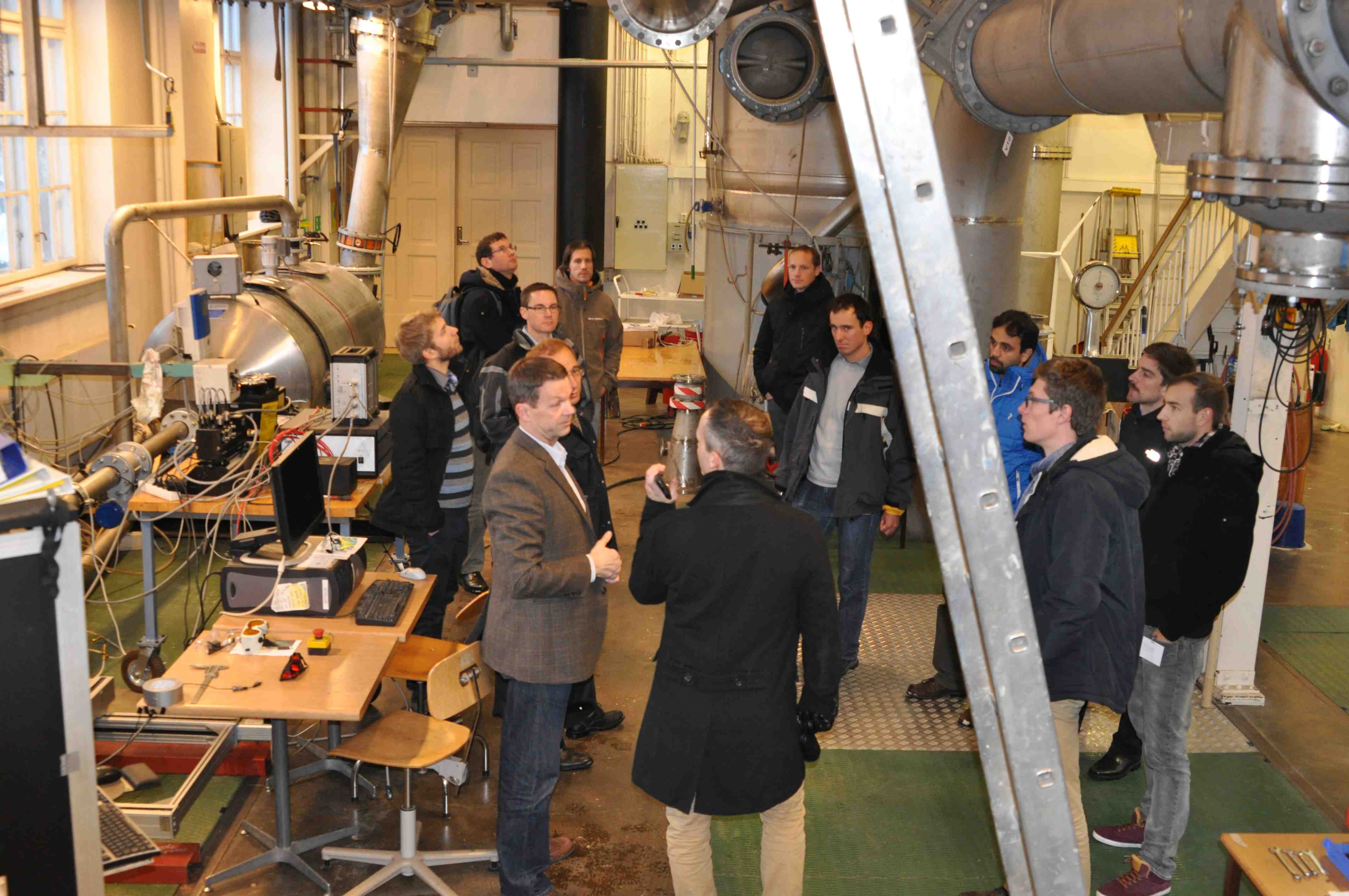
Ole Dahlhaug discusses about the research the laboratory 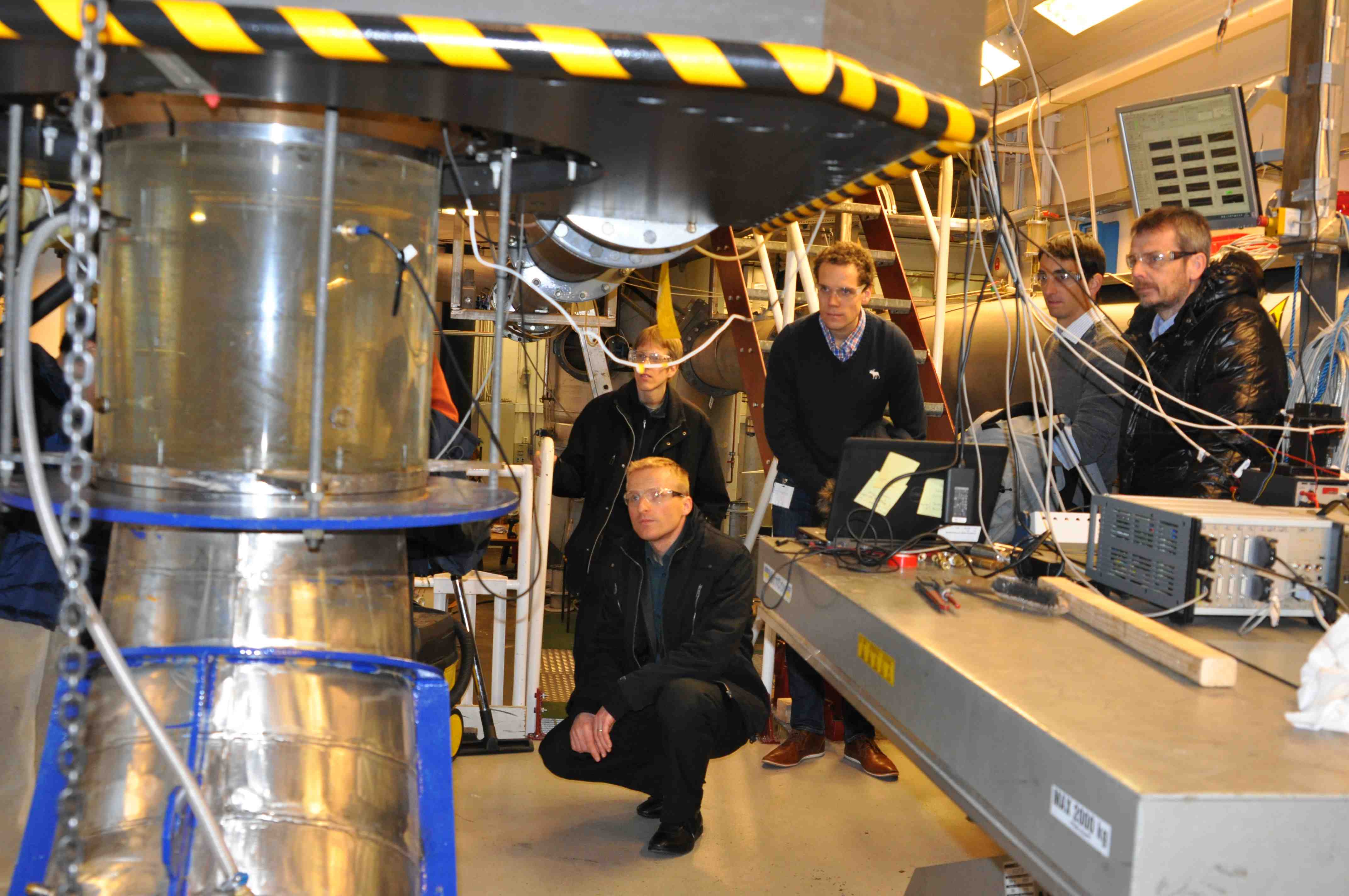
Francis test rig trial run in the laboratory 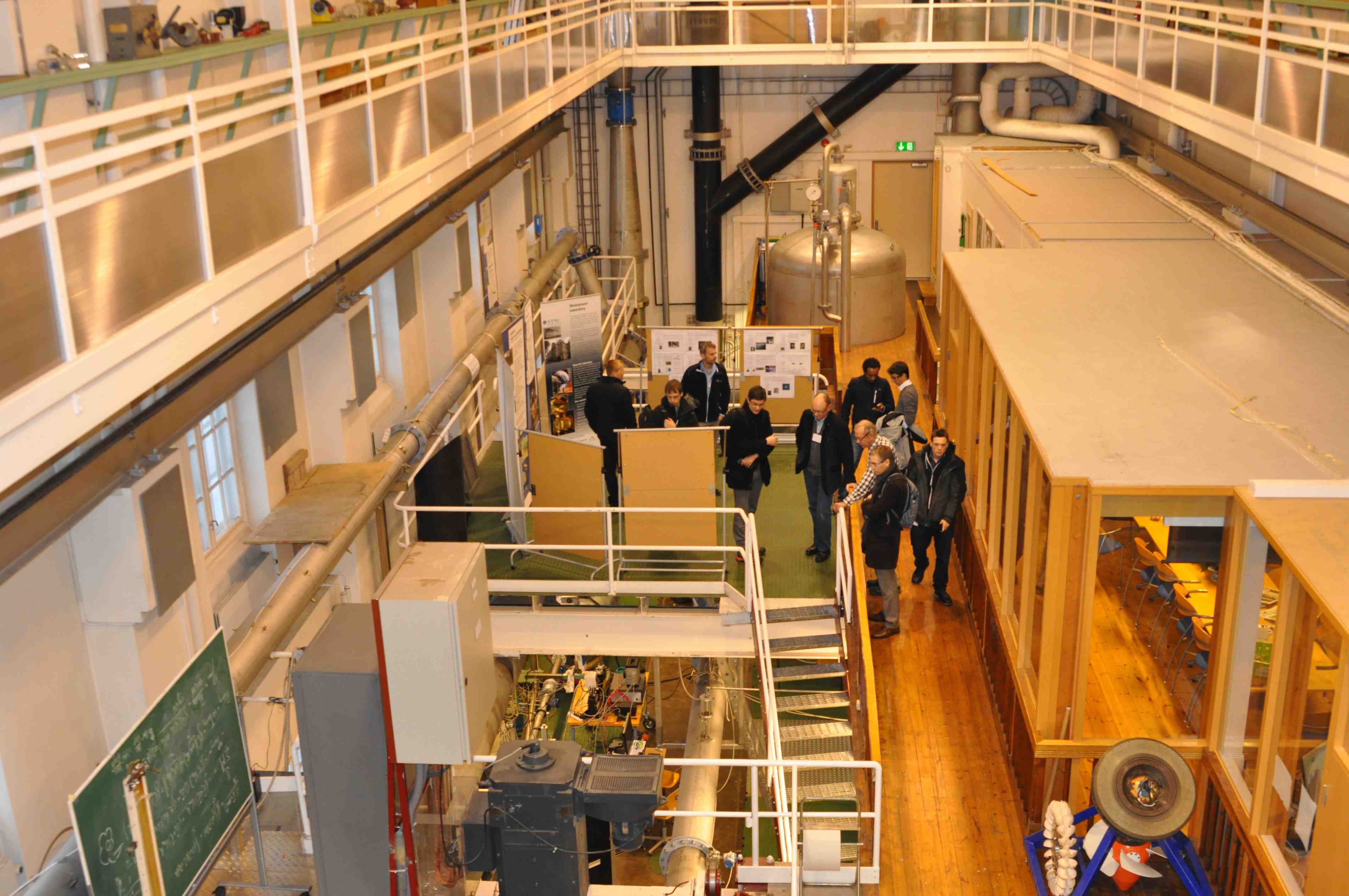
Participants in the laboratory 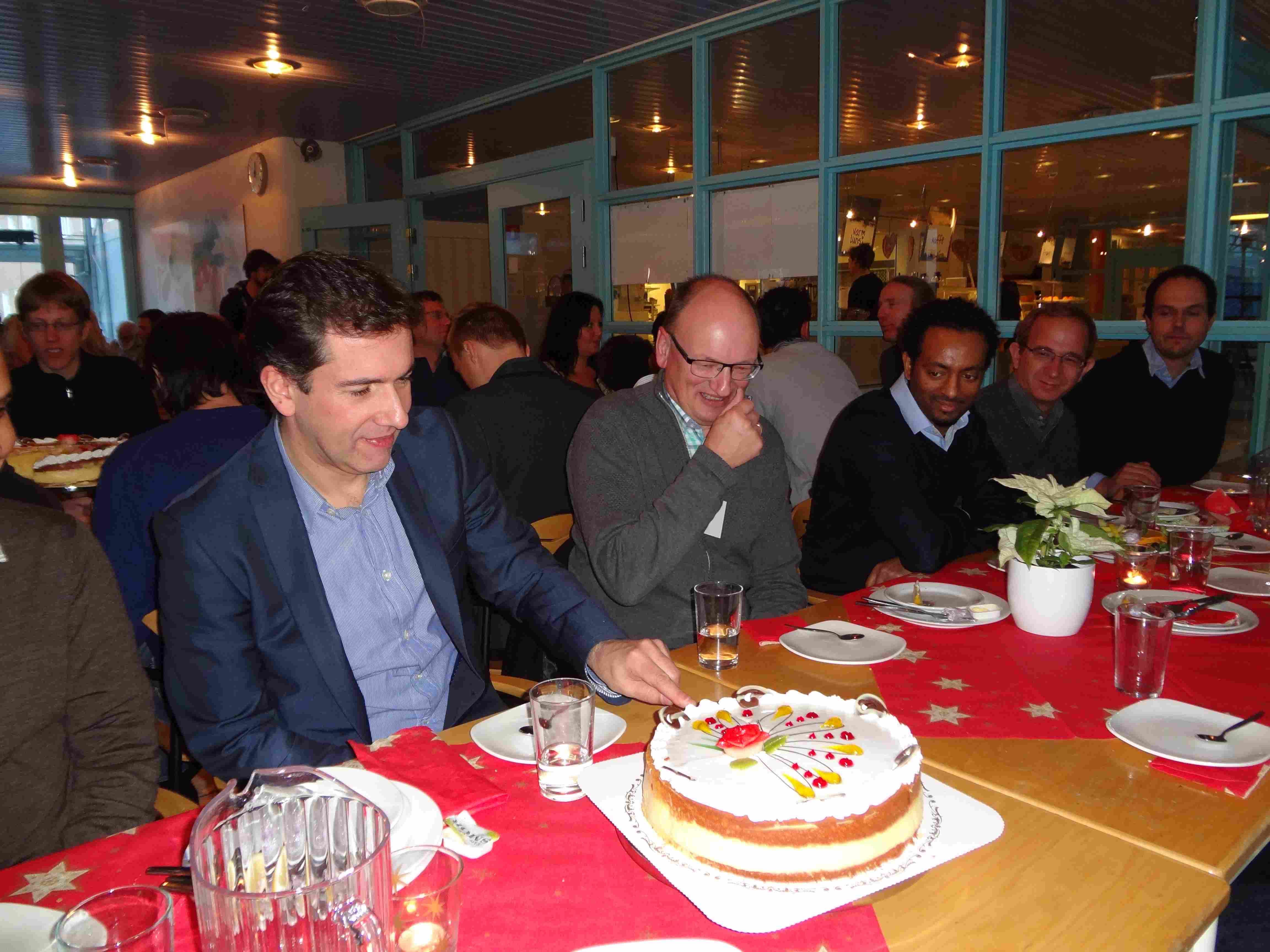
Birthday cake and good wishes to Michel Cervantes 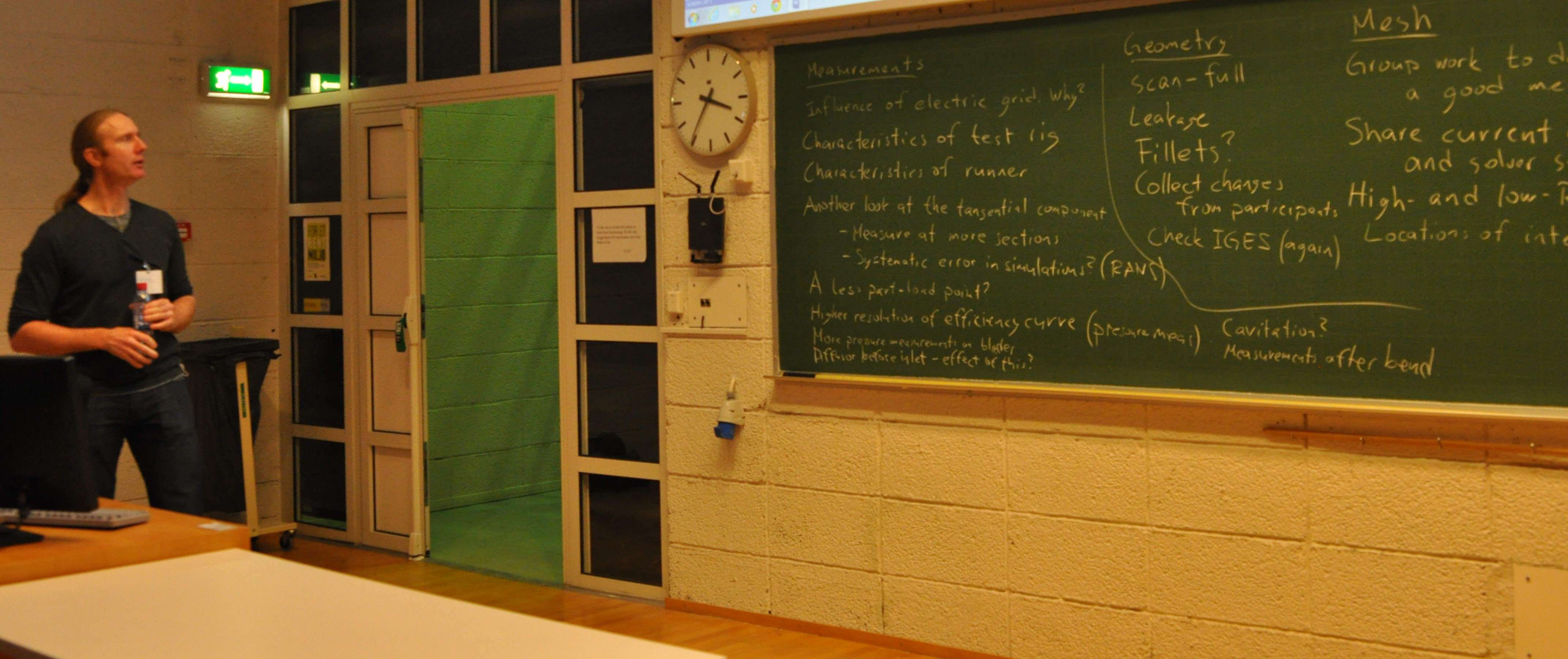
Group discussion regarding input to the next workshop 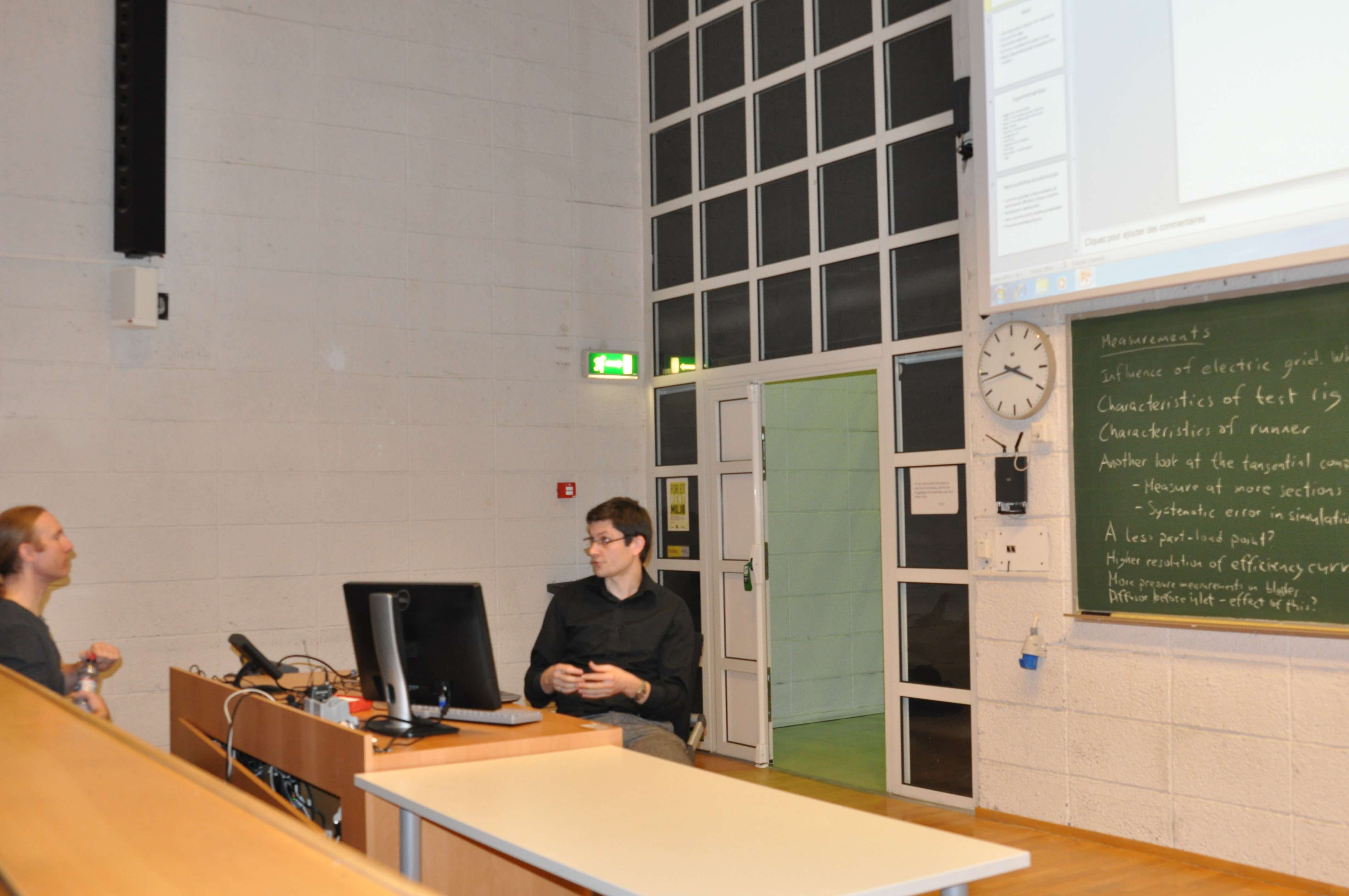
Group discussion regarding input to the next workshop 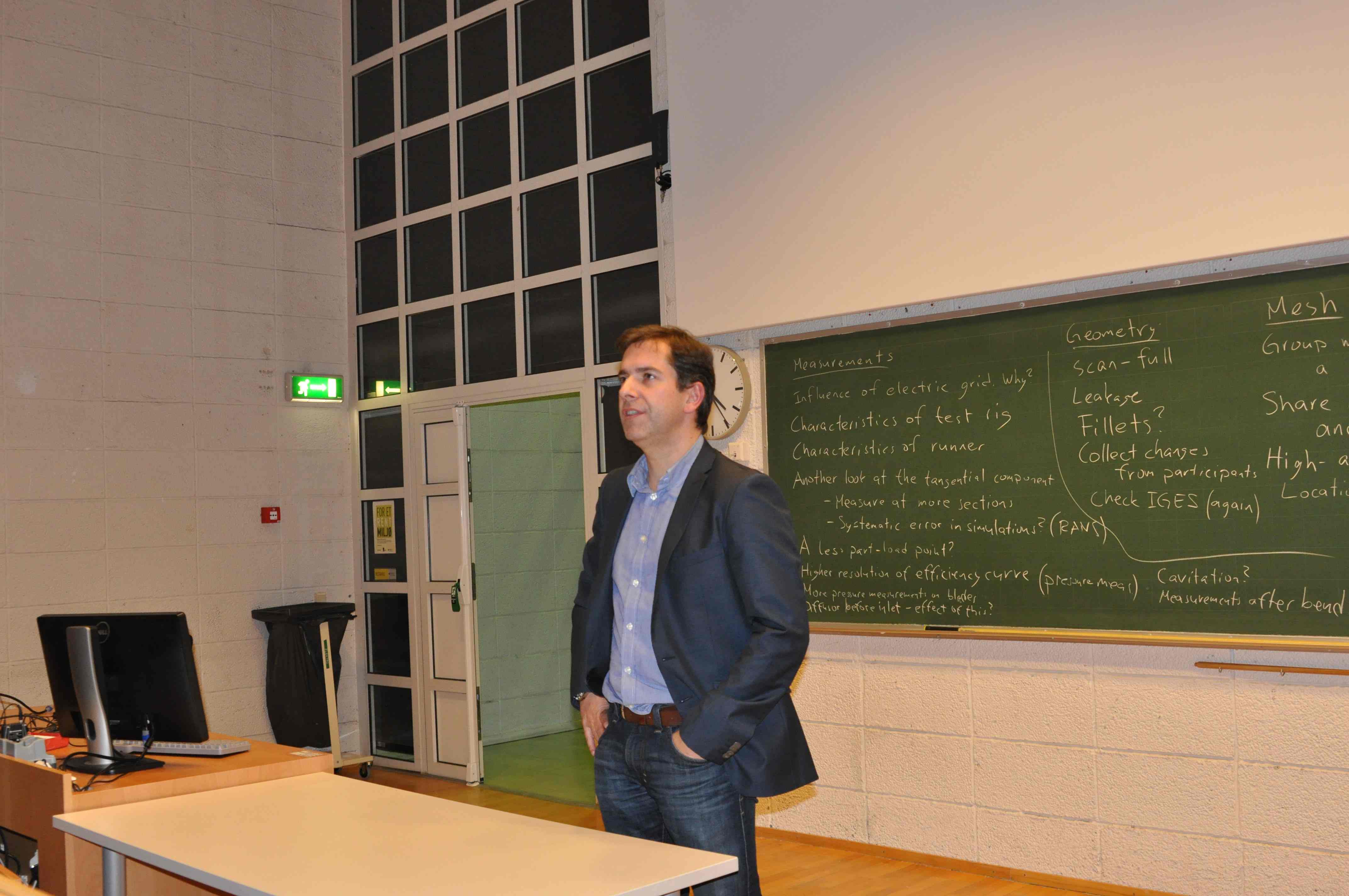
Michel Cervantes is summarizing the workshop 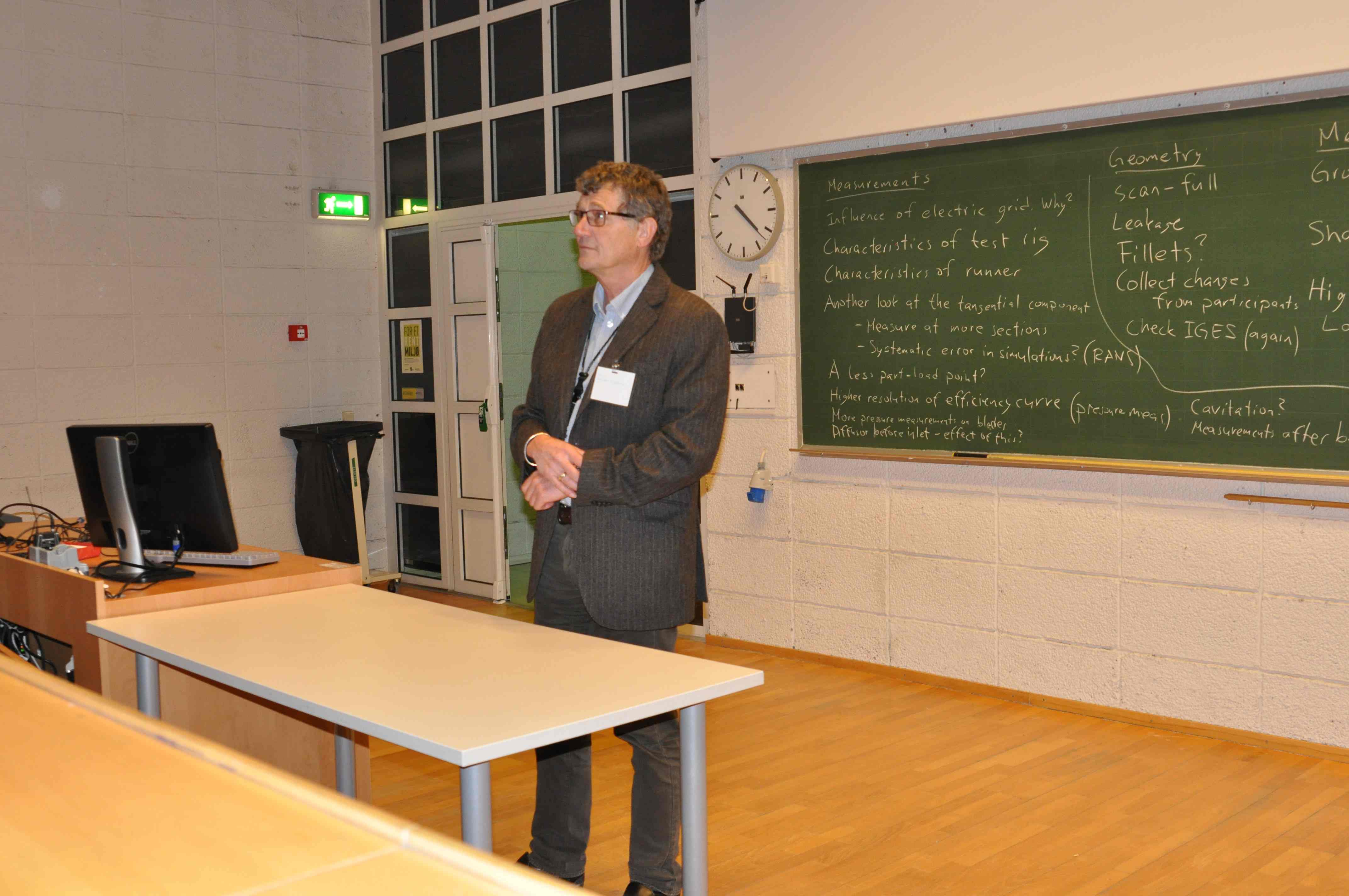
Torbjørn K. Nielsen is concluding the workshop 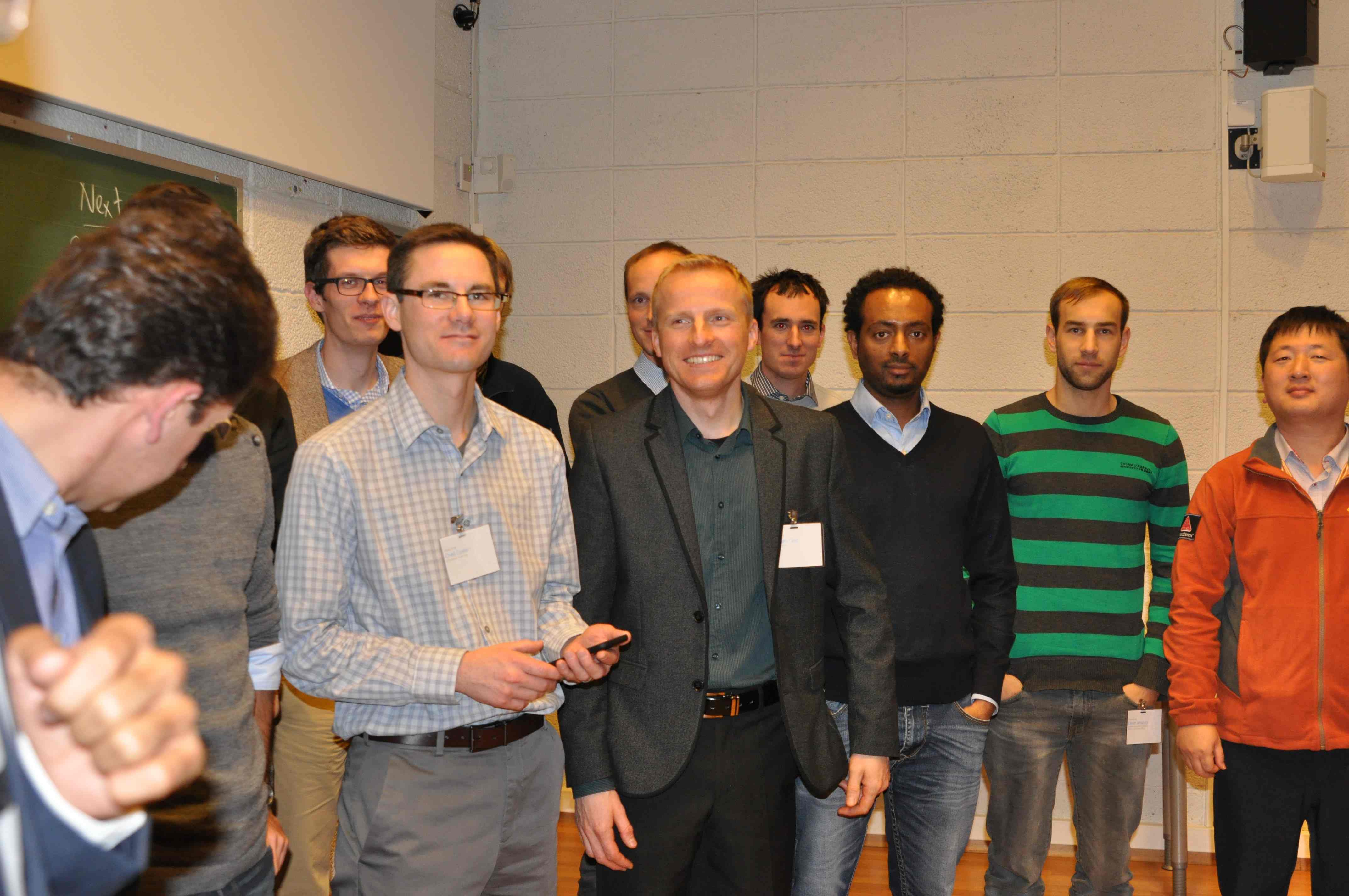
Workshop participants in the conference hall 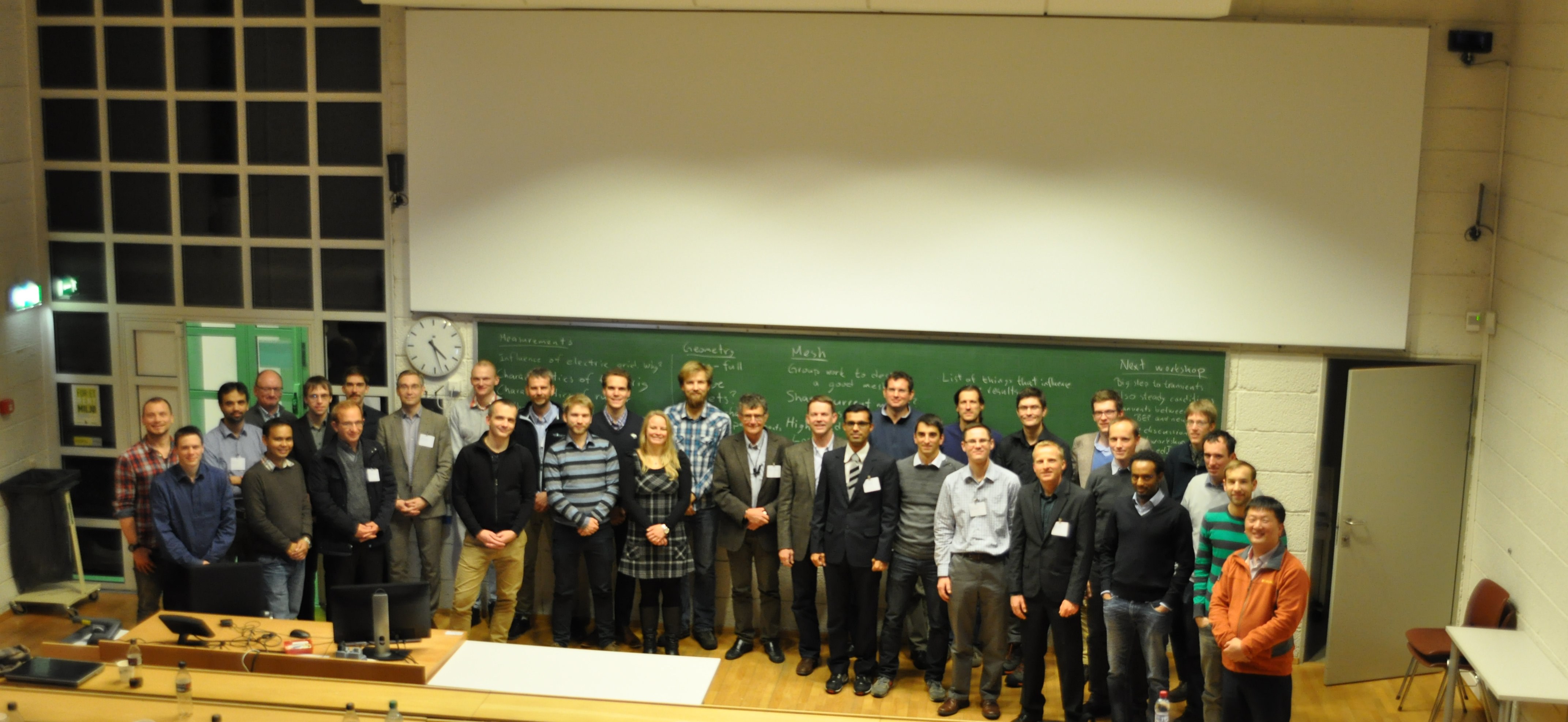
Group photograph of the Francis-99 first workshop
First Workshop
Francis-99
First Workshop
All Francis-99 pages and associate data have been moved to:
Photographs
Photographs of the first Francis-99 workshop




























